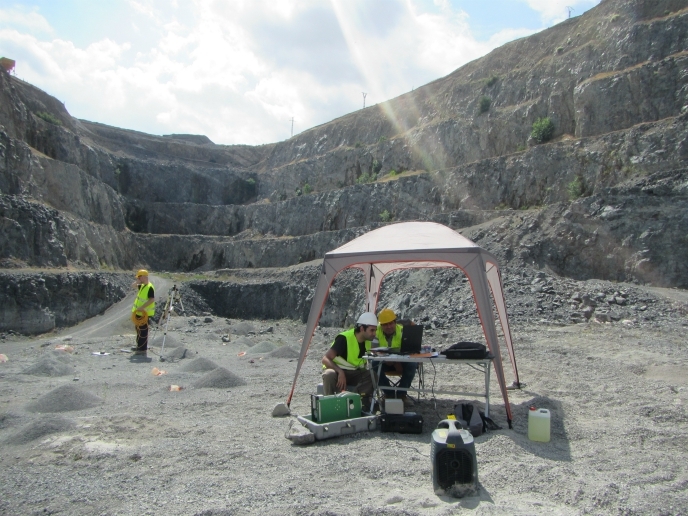Quieter open rotor: Mission possible
While enabling a dramatic increase in engine performance, the absence of casing and nacelle limits blade-off protection and noise shielding possibilities. It is only through new technology studies and extensive validation that these hurdles can be overcome. To work on this, researchers initiated the project NAA-CROR (Numerical aero-acoustic assessment of installed counter rotating open rotor (CROR) power plant). They proposed a powerful new approach to predict the far-field radiated noise through a hybrid computational aeroacoustics (CAA) / computational fluid dynamics (CFD) method. CAA is a well-established approach for the analysis of noise generated by turbulent flows. The critical issue was delivery of a fast and accurate numerical solver for unsteady flows – a CFD tool for identifying the primary noise sources. While CFD can predict the source flow field, CAA serves to analyse the resulting acoustic field. During the project's four-year lifetime, researchers completed the development of an integrated CFD/CAA simulation system. The system is capable of fully capturing installation effects such as the interaction between the pylon/nacelle and the two rotors. The new approach for unsteady flow analysis has already been used in multistage turbomachinery configurations. Compared to fully unsteady simulations, it allows a significant speed-up leading to a gain in the central processing unit performance of two to three orders of magnitude. To validate the numerical approach and simulation results for selected CROR configurations, researchers investigated the effects of boundary layer transition. All calculations simulate unsteady flow based on a non-linear harmonics method developed for this purpose. Delayed transition was found to have a weak effect on engine aerodynamics and aeroacoustics. Both pre- and post-test aeroacoustic calculations have also been performed for a model-scale CROR, tested in a transonic wind tunnel. The results were compared and proved that the new method enables accurate predictions at a very low computational cost. The NAA-CROR project has opened up a window of opportunity for market uptake of CROR engines. Project results are in line with targets set by the Advisory Council for Aviation Research and Innovation in Europe (ACARE) to cut carbon dioxide emissions by 50 % and perceived noise by 10 dB between the years 2000 and 2020.







